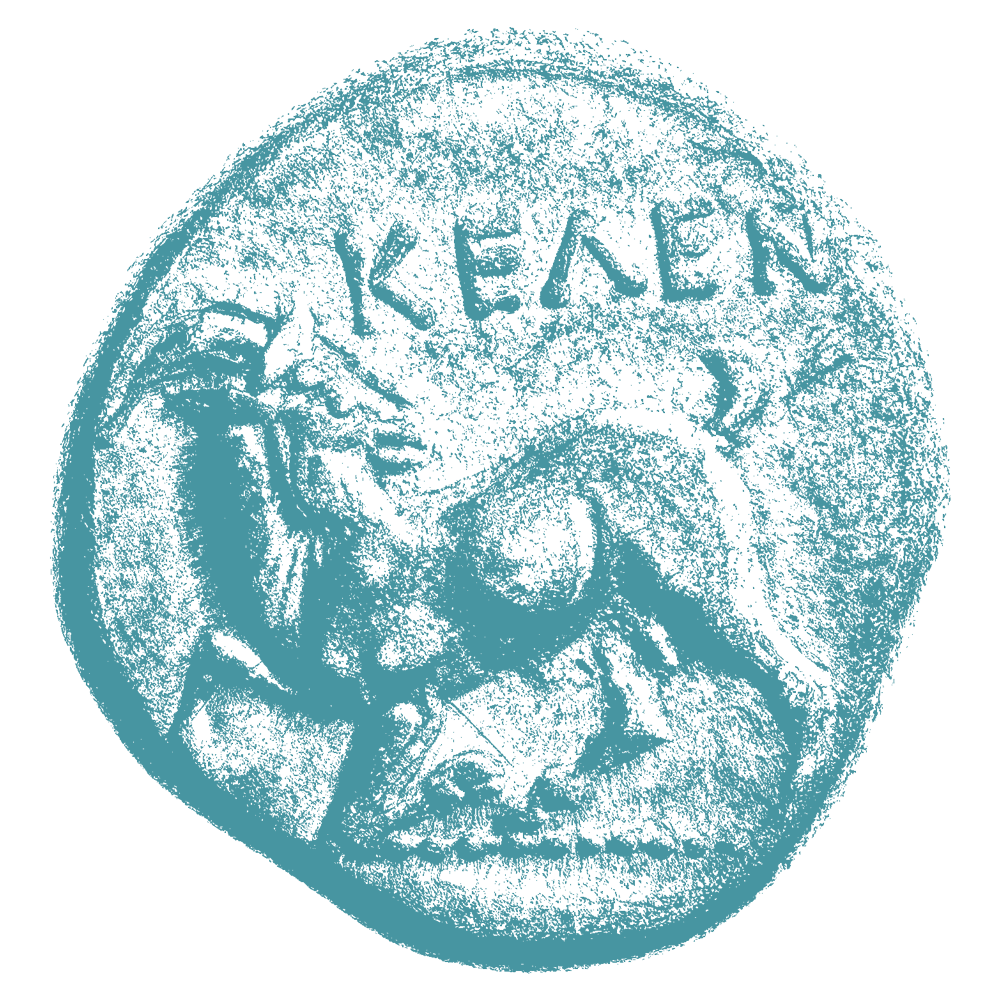This list of coin types and variants is preliminary. Comments and factual criticism are welcome.
Sections:
- Overview
- Staters – Group 1
- Staters – Group 2
- Staters – Group 3
- Third staters
- Obols
- Hemiobols
- Bronze coins
- Uncertain issues
- Fourrées

Petr Veselý © 2021–2025
Info@DismountingRider.info
This list of coin types and variants is preliminary. Comments and factual criticism are welcome.
